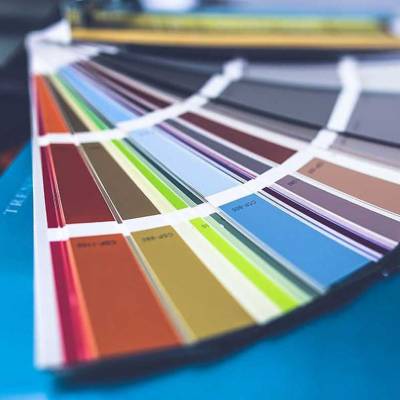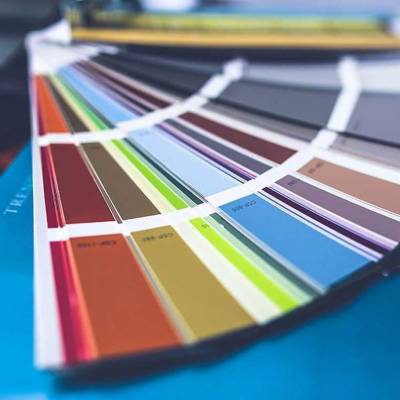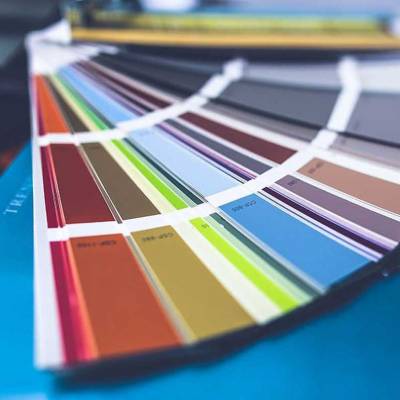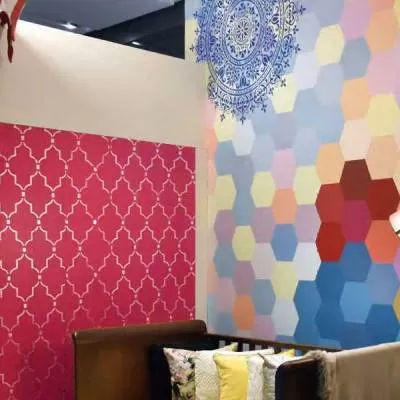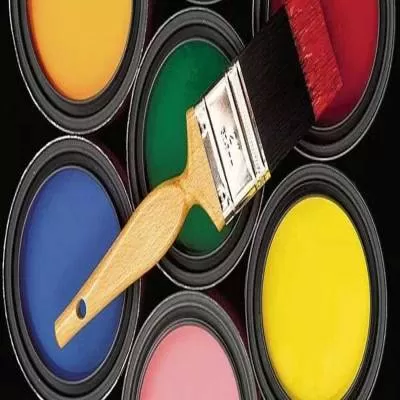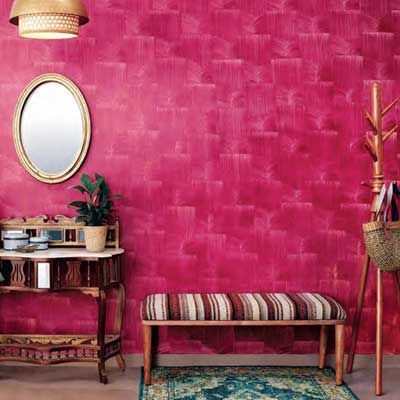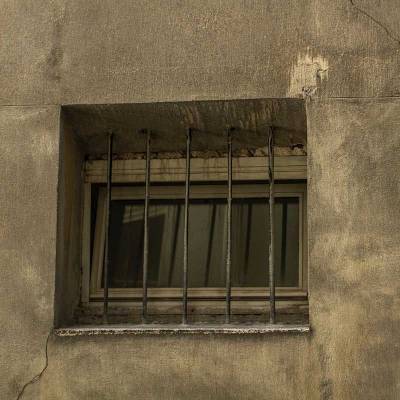- Home
- Building Material
- Paint
- Fastest Growing Paint Companies in India
Fastest Growing Paint Companies in India
The paint industry continued to outperform the GDP. However, the growth rate was lower than that in the previous years. While painting and renovating houses are lower in priority among the consumers, during periods of high inflation and tepid macro-economic indicators, the industry continued to broaden its customer base. Given the right economic support, the market - now estimated at around Rs 41,000 crore - may grow to over Rs 60,000 crore by the end of 2016 and the long term growth prospects of the industry remain encouraging. The consumption of paints will definitely increase at a steady rate from the current national average of 4 kg per capita, which is much lower than the international average of 10-13 kg. Further, the Indian paint industry majors are on an aggressive expansion mode though the market turns increasingly challenging and unpredictable. While the industry grew in double digits over last few years, the industry players are confident that the current sluggish demand is an aberration and the demand potential in medium to long term is strong. Thus, all major players have pressed ahead with their expansion plans and the industry has witnessed significant capacity coming on stream.
For instance, Asian Paints has plans to set up a greenfield manufacturing facility at Visakhapatnam with an investment of approximately about Rs 1,750 crore. The installed capacity of this plant will be 400,000 KLPA of paint per annum. The company is also planning to set up a fully automated paint manufacturing plant at Nanjangud in the Mysore District of Karnataka at Rs 2,400 crore. The plant, to come up on 175 acre, will be set up in two phases, with the first phase having a capacity of 300,000 KLPA and the second phase 200,000 KLPA. Similarly, Kansai Nerolac Paints, the second largest paints company in India and a market leader in industrial coatings, is planning to set up a paint facility in Gujarat with an investment of Rs 350 crore. Furthermore, Berger Paints started production at its water-based paint manufacturing unit at Hindupur in Andhra Pradesh with a capacity of 80,000 tonne per annum in September 2014 with an investment of Rs 250 crore. This can be expanded to 160,000 tonne per annum at minimum cost. Once completed in phases, the plant capacity will be 320,000 MT per annum of water-based paints.
The paint industry is divided into decorative and industrial segments. While decorative paints enjoy a market share of 73 per cent, industrial paints have the balance 27 per cent. Of the overall decorative paints demand, about 70 per cent comes from repainting and 30 per cent from fresh painting.
The repainting cycle, which has come down from once in every six to eight years to once every three years proves to be a demand driver for decorative paints in the country. The volume growth is expected to be largely supported by demand remaining intact for decorative paints in Tier-II and Tier-III cities, coupled with shorter repainting demand that will help in driving volume growth. Additionally, new capacity in the near future will restrict any sharp margin movement.
The Indian paint industry is going through a challenging phase, as the demand for decorative paints turns sluggish since the second half of FY15. It´s an oligopolistic industry where 90 per cent of the organised decorative paint segment is taken by four major players - Asian Paints, Nerolac, Berger, and Akzo Nobel India. Within these setting players are price setters and not price takers. However, the material cost though continues to stay lower on YoY basis, the industry players have been forced to partially roll back the price hike affected in the last two fiscals as a trade-off between volume and profits. The paint industry continued to outperform the GDP. However, the growth rate was lower than that in the previous years. While painting and renovating houses are lower in priority among the consumers, during periods of high inflation and tepid macro-economic indicators, the industry continued to broaden its customer base. Given the right economic support, the market - now estimated at around Rs 41,000 crore - may grow to over Rs 60,000 crore by the end of 2016 and the long term growth prospects of the industry remain encouraging. The consumption of paints will definitely increase at a steady rate from the current national average of 4 kg per capita, which is much lower than the international average of 10-13 kg. Further, the Indian paint industry majors are on an aggressive expansion mode though the market turns increasingly challenging and unpredictable. While the industry grew in double digits over last few years, the industry players are confident that the current sluggish demand is an aberration and the demand potential in medium to long term is strong. Thus, all major players have pressed ahead with their expansion plans and the industry has witnessed significant capacity coming on stream. For instance, Asian Paints has plans to set up a greenfield manufacturing facility at Visakhapatnam with an investment of approximately about Rs 1,750 crore. The installed capacity of this plant will be 400,000 KLPA of paint per annum. The company is also planning to set up a fully automated paint manufacturing plant at Nanjangud in the Mysore District of Karnataka at Rs 2,400 crore. The plant, to come up on 175 acre, will be set up in two phases, with the first phase having a capacity of 300,000 KLPA and the second phase 200,000 KLPA. Similarly, Kansai Nerolac Paints, the second largest paints company in India and a market leader in industrial coatings, is planning to set up a paint facility in Gujarat with an investment of Rs 350 crore. Furthermore, Berger Paints started production at its water-based paint manufacturing unit at Hindupur in Andhra Pradesh with a capacity of 80,000 tonne per annum in September 2014 with an investment of Rs 250 crore. This can be expanded to 160,000 tonne per annum at minimum cost. Once completed in phases, the plant capacity will be 320,000 MT per annum of water-based paints. The paint industry is divided into decorative and industrial segments. While decorative paints enjoy a market share of 73 per cent, industrial paints have the balance 27 per cent. Of the overall decorative paints demand, about 70 per cent comes from repainting and 30 per cent from fresh painting. The repainting cycle, which has come down from once in every six to eight years to once every three years proves to be a demand driver for decorative paints in the country. The volume growth is expected to be largely supported by demand remaining intact for decorative paints in Tier-II and Tier-III cities, coupled with shorter repainting demand that will help in driving volume growth. Additionally, new capacity in the near future will restrict any sharp margin movement.


